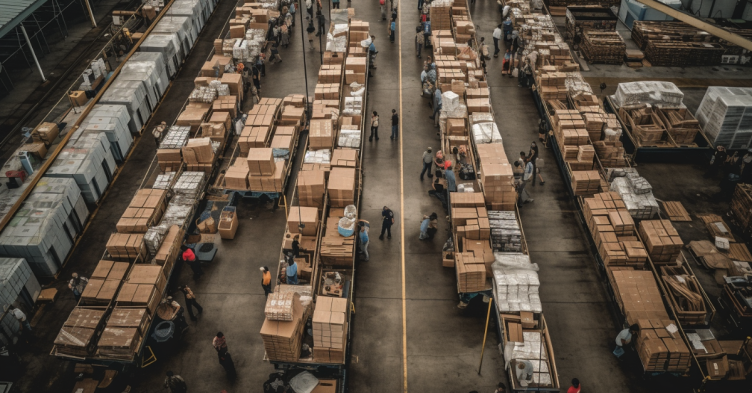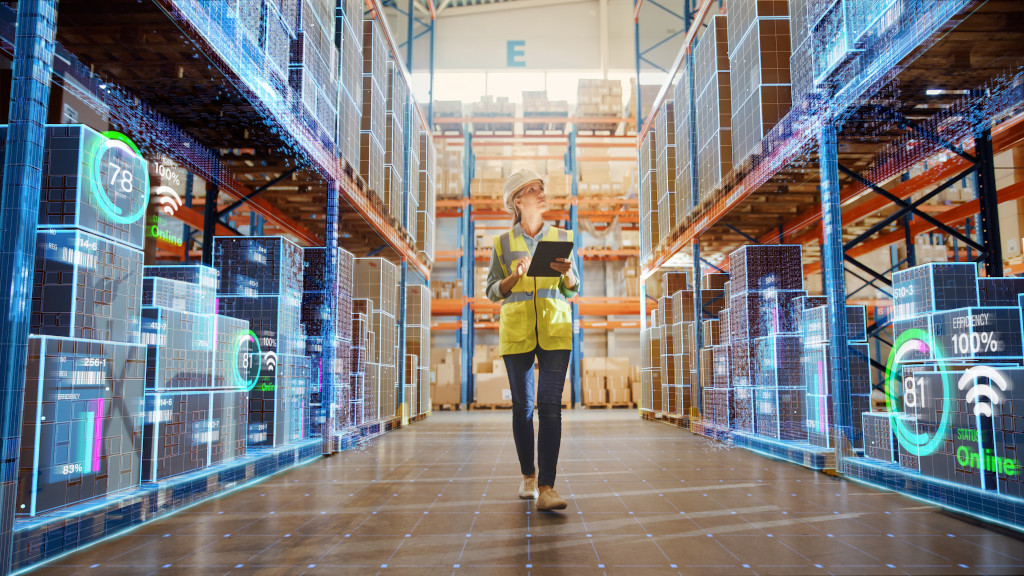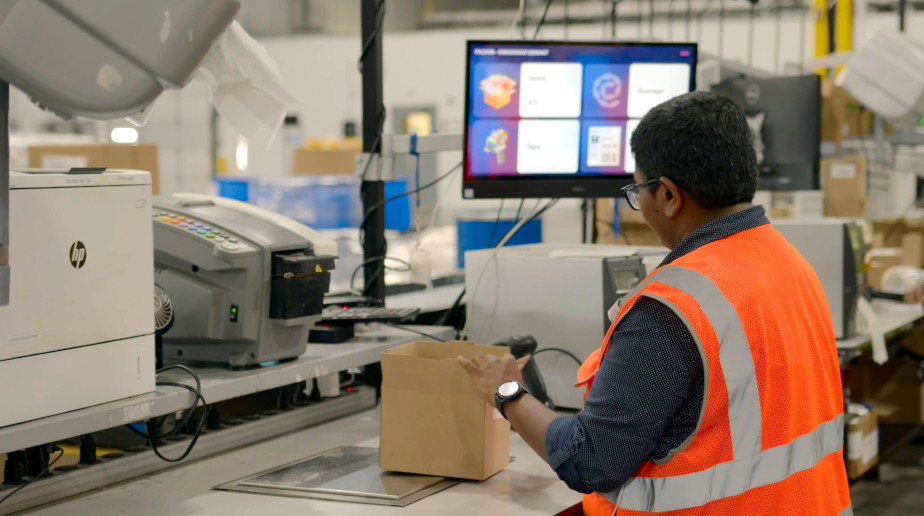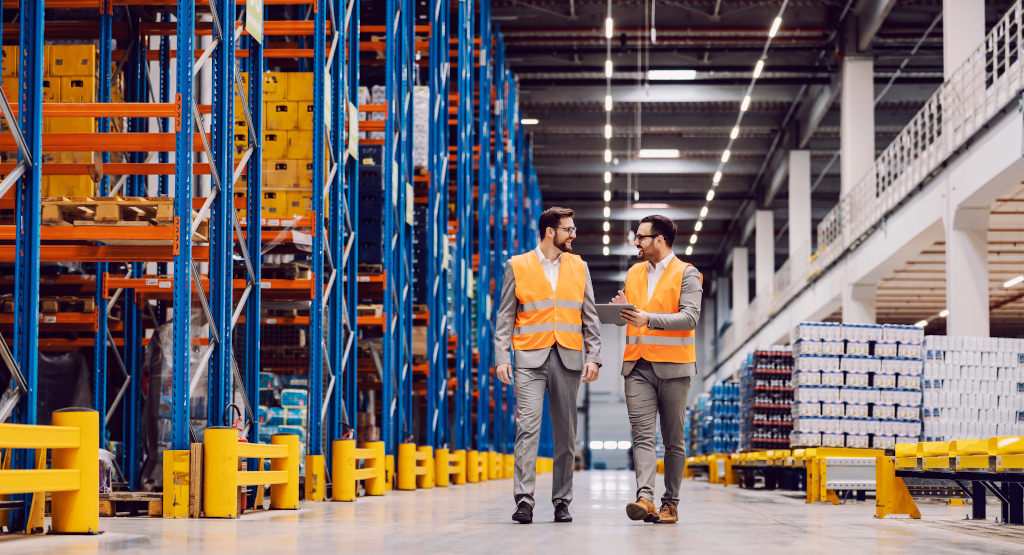The Need for AI and Machine Learning in Supply Chain
Supply chain and logistical processes have always struggled due to the element of unpredictability and human error. In the last couple of years, the COVID-19 pandemic further exposed the fragile and volatile nature of many supply chains across industries. In a short time, the world’s reliance on e-commerce spiked and changed the way businesses operate. Staying ahead of the market and accounting for complex product portfolios is a must for companies who want to remain competitive in an increasingly digital world.
One silver lining to come out of this period is how the challenges posed by the pandemic and social distancing measures ignited interest in automation, leading to significant investment into developing Artificial Intelligence (AI) and Machine Learning (ML) technology. This includes technology and programs that not only help with on-ground processes —such as robots and automated guided vehicles— but also enable more intelligent supply chain management by using existing data.
Incorporating AI tools into the supply chain has already proven to be a beneficial boost for many businesses. It comes with great ROI; a recent McKinsey survey estimated that AI tools could improve costs by 15% and service levels by an impressive 65%. Machine Learning enables better use of data to improve every aspect of a business, lending greater flexibility, and resilience. Lastly, AI technology can help increase security and visibility in packed and busy warehouses, significantly reducing errors and safety issues.
Here are some examples of how AI and ML tools are already being used to transform and augment supply chains:
1. Better Demand Forecasting: As the market becomes increasingly volatile, it is more important than ever to find ways to make sense of the overwhelming amount of consumer data. ML tools can effectively use this data to predict demand and ever-changing consumer habits. This is excellent news not just for customer satisfaction but for logistics. Learnings from this data help warehouses manage inventory more smartly and better prepare, especially during peak season.
2. Intelligent Automated Vehicles: Though relatively new, the use of intelligent vehicles has been tested in the past decade in parts of Europe and the US and is looking promising. Transportation is physically demanding and tiring, and drivers often get into accidents due to fatigue. As consumers rely more on e-commerce and expect faster delivery rates, automated vehicles may become more common in the coming years.
3. Increased Visibility and Error Prevention: Many new startups have innovated the use of AI for various solutions. Rabot.Inc for example uses AI to catch and eliminate errors in the packing and shipping processes. Warehouses are fast-paced environments, and even the best workers can miss things when tired. Rabot’s solution is placing AI cameras at every step of the warehouse process so that it can spot errors as they happen. This data is used to identify which types of errors are occurring the most and where, providing insights and highlighting areas of improvement for businesses.
4. Drone Delivery: Already being used by some companies like Amazon, drone technology is an excellent solution to issues with traditional transportation. Many Americans live in semi-rural areas where there are not always clear, fast, or safe routes for on-ground transportation. Not only does it provide better coverage to customers in these areas, but is also an excellent tool for delivering perishable goods like food, or products needed on an emergency basis like medicine.
5. Predictive Maintenance: Downtime comes with a high cost, and some businesses may be lax on their routine inspections. Even if they aren’t, it’s easy to miss things that suddenly become visible at the worst possible time, such as peak seasons. AI-based predictive maintenance can greatly minimize maintenance fees and lost business from downtime, not only by sending reminders but also helping you prioritize based on urgency.
While these are just a few examples, there are many more applications of AI and ML tools at almost every imaginable step of the supply chain. The possibilities increase as we innovate and progress in this area. AI & ML takes much of the guesswork out of logistics management, allowing us to make more informed decisions in every aspect of the business. Allowing AI to do the heavy lifting and tedious calculations allows workers to focus on more creative and fulfilling roles which require more soft skills and a human touch.
To stay ahead as the 3PL industry becomes more efficient and competitive, it’s important to streamline your operations whenever possible. A great way to optimize your workflows, save time, and simplify complex business processes is with AI and ML. 3PL owners find they are able to service many more clients (and improve service quality) after investing in artificial intelligence and machine learning for their warehouses.
If you’re ready to scale and looking to fill your warehouse with new brands, get in touch with Overflow Agency for streamlined lead generation and a consistent flow of new customers coming to your warehouse.









